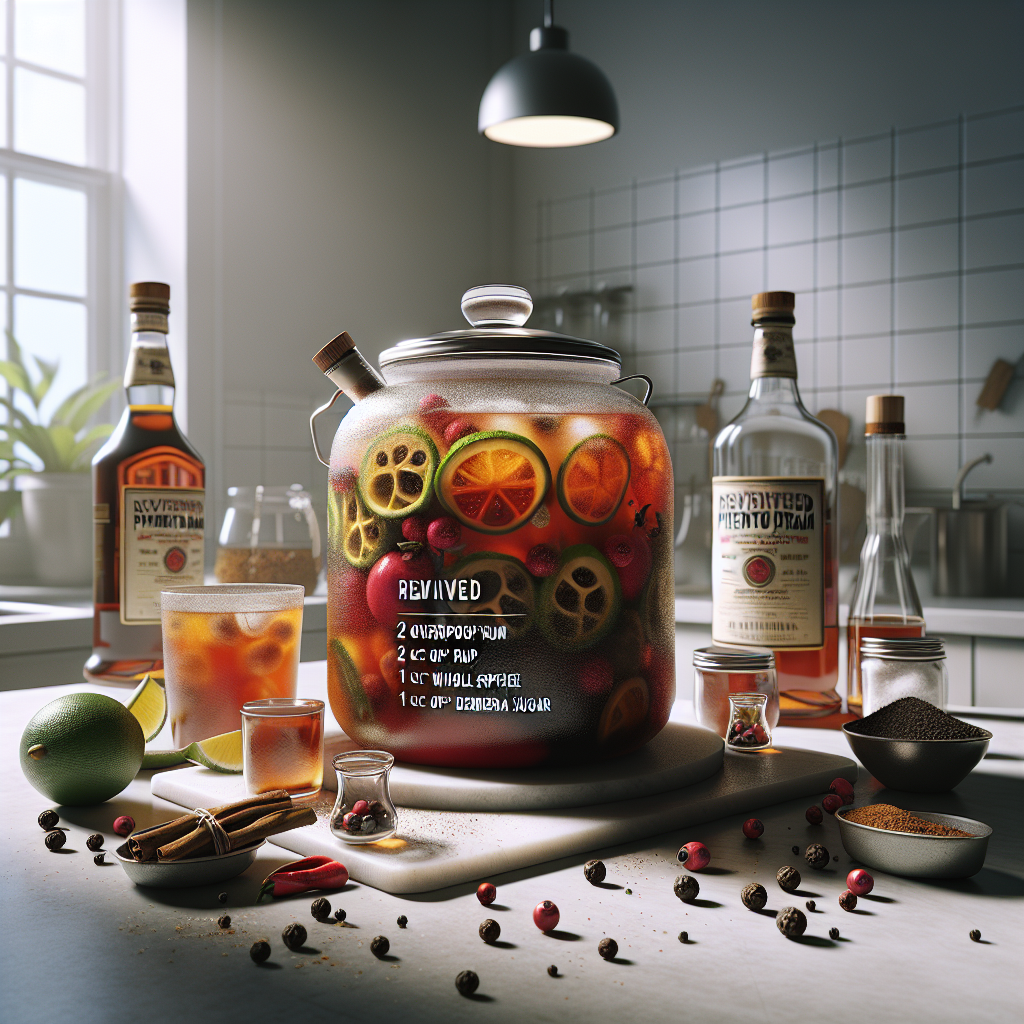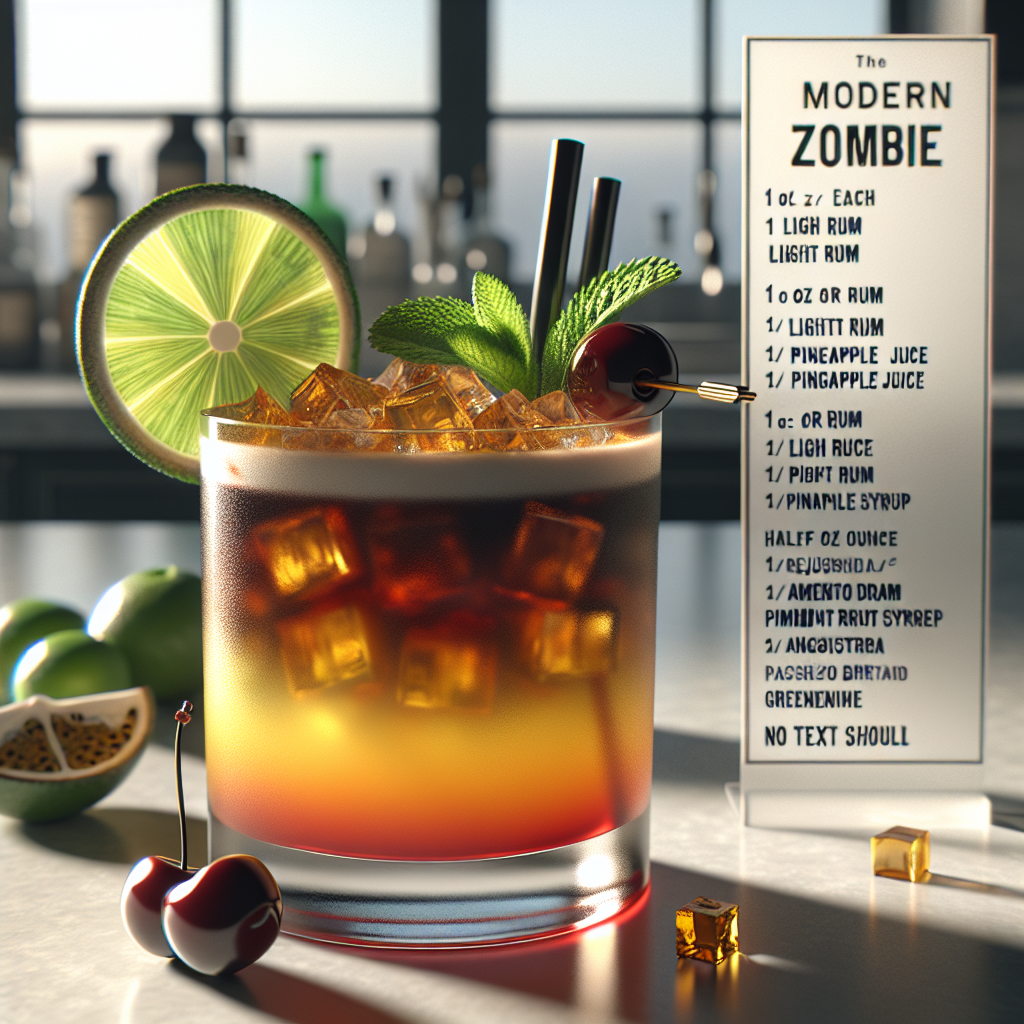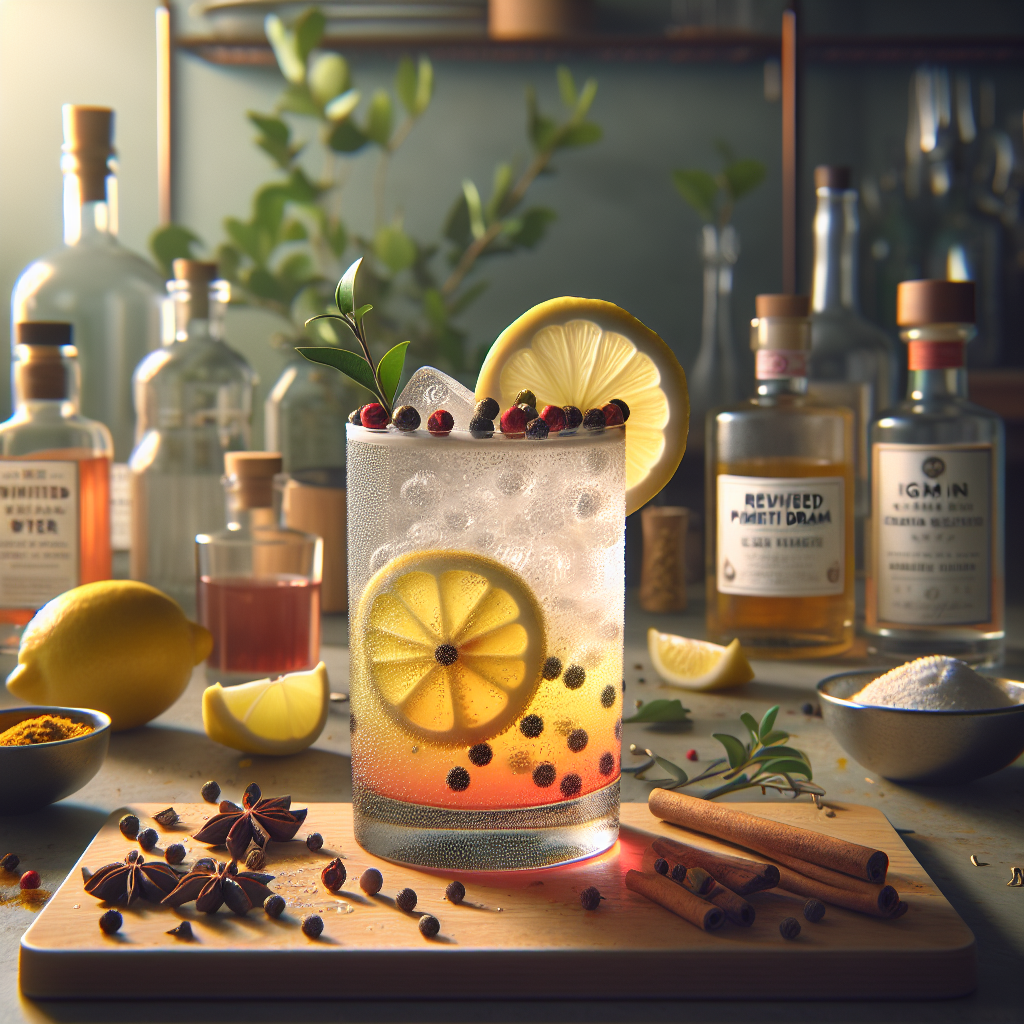Forgotten Spirits: Reviving Lost Liquors

Forgotten Spirits: Reviving Lost Liquors
In the world of mixology, there's a certain thrill in uncovering the past, digging up old recipes, and resurrecting spirits that have long been forgotten. Today, we're diving into the art of reviving lost liquors, bringing back those flavors that have faded from the mainstream but are waiting eagerly to be rediscovered. So, let's dust off the old bottles and get mixing!
The Allure of Forgotten Spirits
Why do we care about spirits that have been left behind? Well, for starters, there's a deep sense of nostalgia and history that comes with them. Imagine sipping on a drink that was popular during the Prohibition era or a spirit that was once a staple in colonial taverns. It's not just about the taste; it's about connecting with the past.
Moreover, forgotten spirits offer a unique opportunity for creativity. They're like blank canvases, waiting for mixologists to experiment and create new cocktails that pay homage to the old while introducing them to new audiences. Plus, who doesn't love the thrill of the hunt? Tracking down these rare liquors is half the fun!
The Revival Process
Reviving a lost liquor isn't as simple as just finding an old recipe and mixing it up. It involves a bit of detective work, a lot of experimentation, and a dash of creativity. Here's a look at the process:
-
Research: Start by digging into historical texts, old cocktail books, and even family recipes. The goal is to find mentions of the spirit, its ingredients, and how it was made.
-
Sourcing Ingredients: Once you have a recipe, you need to find the ingredients. This can be challenging, especially for spirits that use obscure or extinct botanicals. Sometimes, you might need to substitute or recreate these ingredients.
-
Experimentation: With the ingredients in hand, it's time to experiment. This might involve distilling, infusing, or aging the spirit to match the historical descriptions.
-
Tasting and Refinement: Finally, taste the results and refine the recipe. This might mean adjusting the proportions, aging time, or even the distillation method.
Case Study: The Revival of Pimento Dram
Let's take a closer look at one forgotten spirit that has been successfully revived: Pimento Dram. Originally popular in the 19th century, Pimento Dram is a Jamaican liqueur made from allspice berries. It was a key ingredient in many classic cocktails but fell out of favor over time.
In recent years, mixologists have brought Pimento Dram back to life. The revival process involved sourcing high-quality allspice berries, experimenting with different infusion methods, and fine-tuning the recipe to capture the spirit's original flavor profile.
Revived Pimento Dram

A modern take on the classic Jamaican liqueur, perfect for reviving old cocktails and creating new ones.
Ingredients:
- 2 cups overproof rum
- 1/2 cup whole allspice berries
- 1 cup demerara sugar
- 1 cup water
Instructions:
- Crush the allspice berries using a mortar and pestle or a rolling pin.
- Combine the crushed allspice berries and rum in a jar. Seal and let it infuse for 2 weeks, shaking occasionally.
- After 2 weeks, strain the rum through a cheesecloth to remove the solids.
- In a saucepan, combine the sugar and water. Heat over medium heat, stirring until the sugar dissolves, to create a simple syrup.
- Let the simple syrup cool, then combine it with the infused rum.
- Bottle the Pimento Dram and let it age for at least a week before using.
Bringing Back the Classics
Reviving a forgotten spirit is one thing, but incorporating it into modern cocktails is another challenge altogether. Let's look at how you can use revived spirits to breathe new life into classic cocktails.
The Zombie
The Zombie is a classic tiki drink that originally included Pimento Dram. With the revival of this spirit, you can now enjoy the drink as it was meant to be. Here's a modern take on the Zombie, using our Revived Pimento Dram:
Modern Zombie

A refreshed version of the classic tiki cocktail, featuring Revived Pimento Dram.
Ingredients:
- 1 oz dark rum
- 1 oz light rum
- 1 oz gold rum
- 1 oz lime juice
- 1 oz pineapple juice
- 1 oz passion fruit syrup
- 1/2 oz Revived Pimento Dram
- 1/2 oz grenadine
- 1 dash Angostura bitters
- Mint sprig and cherry for garnish
Instructions:
- Combine all ingredients except the garnish in a blender with a cup of crushed ice.
- Blend until smooth and pour into a tall glass.
- Garnish with a mint sprig and a cherry.
Experimenting with New Flavors
While reviving classic cocktails is fun, the real excitement comes from experimenting with new flavors. Forgotten spirits offer a unique opportunity to create entirely new drinks. Here's a recipe for a cocktail that uses Revived Pimento Dram in a completely new way:
Spiced Sunset

A refreshing cocktail that combines the warmth of Revived Pimento Dram with the coolness of citrus.
Ingredients:
- 2 oz gin
- 1 oz Revived Pimento Dram
- 1 oz lemon juice
- 1/2 oz simple syrup
- Soda water
- Lemon wheel and allspice berries for garnish
Instructions:
- Combine the gin, Revived Pimento Dram, lemon juice, and simple syrup in a shaker with ice.
- Shake until well chilled and strain into a glass filled with ice.
- Top with soda water and garnish with a lemon wheel and a few allspice berries.
The Future of Forgotten Spirits
As more mixologists and distillers take an interest in reviving lost liquors, we're likely to see a resurgence of these forgotten spirits. The key is to keep experimenting, sharing knowledge, and celebrating the rich history of these unique flavors.
Whether you're sipping on a classic cocktail with a revived twist or creating something entirely new, the world of forgotten spirits offers endless possibilities. So, next time you're behind the bar, why not take a trip back in time and see what flavors you can uncover?
Cheers to the past, and here's to the future of mixology!